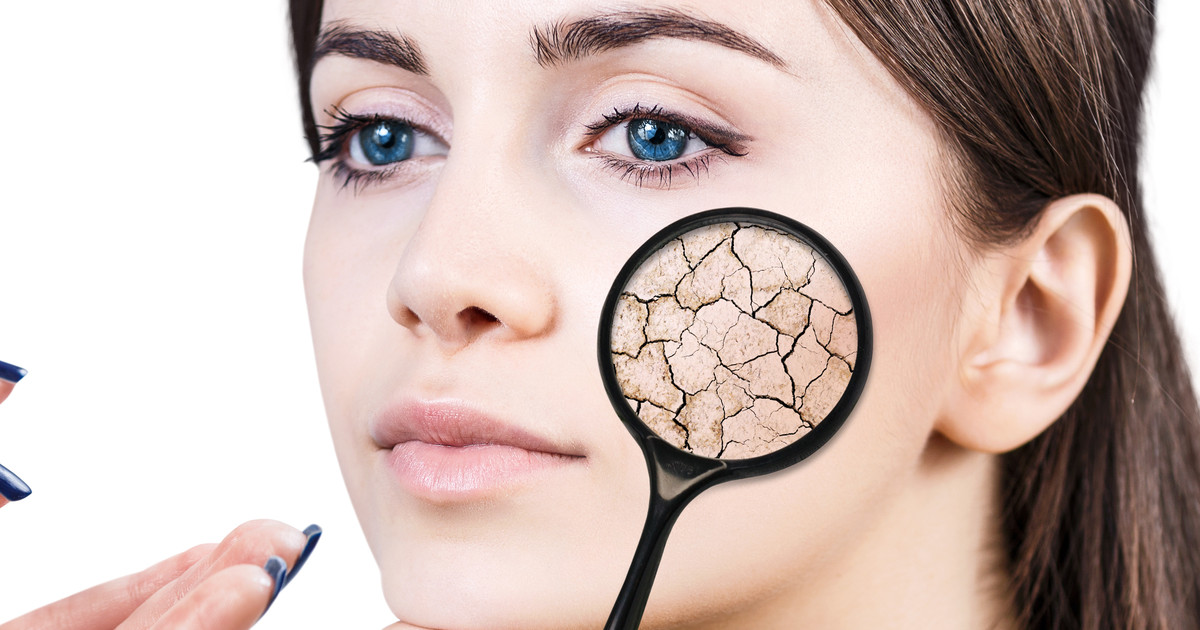What Is Azelaic Acid?
Possible Side Effects
Azelaic acid appears to cause several possible side effects. Skin changes may be the most common. One example seems to be a tingling or burning sensation after application. Patients may deal with itchy, red, or dry skin too. Skin peeling appears to be another possible side effect. Less common side effects seem to include blisters, swelling, skin flaking, severe redness, and soreness. Patients may want to keep their doctor informed about all of these side effects. However, they may need to tell their doctor immediately if this medication causes their skin to lighten where they applied it. A reaction such as this may require them to stop using azelaic acid.
Some patients may be allergic to azelaic acid. If this is the case, possible symptoms seem to include difficulty breathing and hives. Tongue, lip, or face swelling may also occur. Emergency care appears to be necessary if individuals experience these symptoms. Rare side effects may include a hoarse voice, tightness in the chest, an elevated heart rate, fever, joint pain, and eye swelling. Patients may need their doctor to evaluate them if they see these effects.
Get information on the potential precautions to take for this medication next.
Potential Precautions
Azelaic acid does not appear to be safe for patients with some conditions. Some individuals may find that it worsens their asthma. These individuals seem to need additional monitoring because of this. Stopping this medication may be necessary in some cases. Patients may see dry skin or irritation on this medication. Due to this, they may want to avoid using skincare products that have the same side effects. Astringents and cleansers with alcohol may be examples of such products. The foam and gel forms of this medication may mean that patients must avoid chemical peels and abrasive products too.
The foam version of this medication seems to be flammable. Patients may want to avoid applying it around open flames. They should consider avoiding smoking during application too. Patients should be able to apply makeup after this medication. However, they may need to wait until it has dried to do so. Applying a bandage does not seem to be recommended in most cases. Doctors seem to ask patients to avoid hot drinks, alcohol, and spicy foods when taking this medication if they are prone to side effects.
Uncover the possible medication interactions next.

